 I’ve alluded several times to Walter Benjamin’s 1937 essay, “The Work of Art in the Age of Mechanical Reproduction.” I cited it as a kind of shorthand for several ideas that I want to explore in a blind flaneur. After mentioning it at the end of Georgia on My Mind, and Yours, I realized that I need to tackle the essay and work out what I mean. I’m still mulling through the copyright/fair use implications of reproducing the complete text on this site. At least one digital text is available on the web. For now, I’ll begin a close reading and publish relevant chunks of the text with the hope of adding commentary as I go. The following quotation reprises the essay’s first section. I marvel at its compressed history of cultural practices that are so deeply engrained in everyday life that we no longer think of how it came to be. That’s Benjamin the pearl diver at work, one facet of his brilliance..
I’ve alluded several times to Walter Benjamin’s 1937 essay, “The Work of Art in the Age of Mechanical Reproduction.” I cited it as a kind of shorthand for several ideas that I want to explore in a blind flaneur. After mentioning it at the end of Georgia on My Mind, and Yours, I realized that I need to tackle the essay and work out what I mean. I’m still mulling through the copyright/fair use implications of reproducing the complete text on this site. At least one digital text is available on the web. For now, I’ll begin a close reading and publish relevant chunks of the text with the hope of adding commentary as I go. The following quotation reprises the essay’s first section. I marvel at its compressed history of cultural practices that are so deeply engrained in everyday life that we no longer think of how it came to be. That’s Benjamin the pearl diver at work, one facet of his brilliance..
In principle a work of art has always been reproducible. Manmade artifacts could always be imitated by men. Replicas were made by pupils in practice of their craft, by masters for diffusing their works, and, finally, by third parties in the pursuit of gain. Mechanical reproduction of a work of art, however, represents something new. Historically, it advanced intermittently and in leaps at long intervals, but with accelerated intensity. The Greeks knew only two procedures of technically reproducing works of art: founding and stamping. Bronzes, terra cottas, and coins were the only art works which they could produce in quantity. All others were unique and could not be mechanically reproduced. With the woodcut graphic art became mechanically reproducible for the first time, long before script became reproducible by print. The enormous changes which printing, the mechanical reproduction of writing, has brought about in literature are a familiar story. However, within the phenomenon which we are here examining from the perspective of world history, print is merely a special, though particularly important, case. During the Middle Ages engraving and etching were added to the woodcut; at the beginning of the nineteenth century lithography made its appearance.
With lithography the technique of reproduction reached an essentially new stage. This much more direct process was distinguished by the tracing of the design on a stone rather than its incision on a block of wood or its etching on a copperplate and permitted graphic art for the first time to put its products on the market, not only in large numbers as hitherto, but also in daily changing forms. Lithography enabled graphic art to illustrate everyday life, and it began to keep pace with printing. But only a few decades after its invention, lithography was surpassed by photography. For the first time in the process of pictorial reproduction, photography freed the hand of the most important artistic functions which henceforth devolved only upon the eye looking into a lens. Since the eye perceives more swiftly than the hand can draw, the process of pictorial reproduction was accelerated so enormously that it could keep pace with speech. A film operator shooting a scene in the studio captures the images at the speed of an actor’s speech. Just as lithography virtually implied the illustrated newspaper, so did photography foreshadow the sound film. The technical reproduction of sound was tackled at the end of the last century. These convergent endeavors made predictable a situation which Paul Valery pointed up in this sentence: “Just as water, gas, and electricity are brought into our houses from far off to satisfy our need in response to a minimal effort, so we shall be supplied with visual or auditory images, which will appear and disappear at a simple movement of the hand, hardly more than a sign” (op. cit., p. 226). Around 1900 technical reproduction had reached a standard that not only permitted it to reproduce all transmitted works of art and thus to cause the most profound change in their impact upon the public; it also had captured a place of its own among the artistic processes. For the study of this standard nothing is more revealing than the nature of the repercussions that these two different manifestations-the reproduction of works of art and the art of the film-have had on art in its traditional form.
Walter Benjamin
A Note on Sources: “The Work of Art in the Age of Mechanical Reproduction” was published first in English in Illuminations (Pantheon Books, 1968). At least one digital text is available on the web.
![gustave_caillebotte_paris_street_rainy_day Gustave Caillebotte. Paris Street, Rainy Day (La Place de l’Europe, temps de pluie). 1877. Oil on canvas. Art Institute of Chicago. [Source: Wikimedia Commons]](../../../../wp-content/uploads/2009/02/gustave_caillebotte_paris_street_rainy_day_1877_wiki.jpg)
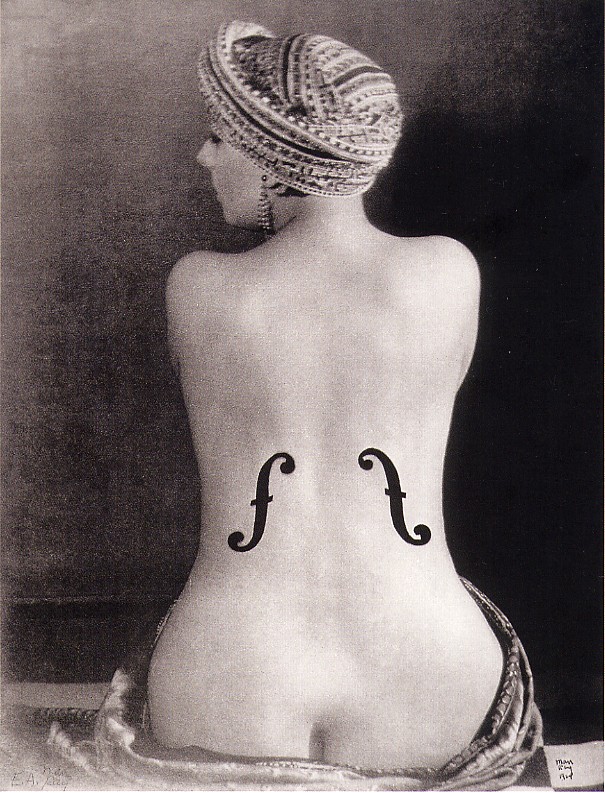 The legendary Kiki of Montparnasse posed for Man Ray’s
The legendary Kiki of Montparnasse posed for Man Ray’s 
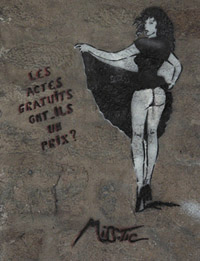
![Fog at Isle Royale [Source: wildmengoneborneo.com] Fog at Isle Royale [Source: wildmengoneborneo.com]](../../../../wp-content/uploads/2008/04/isle_royale_fog.jpg)
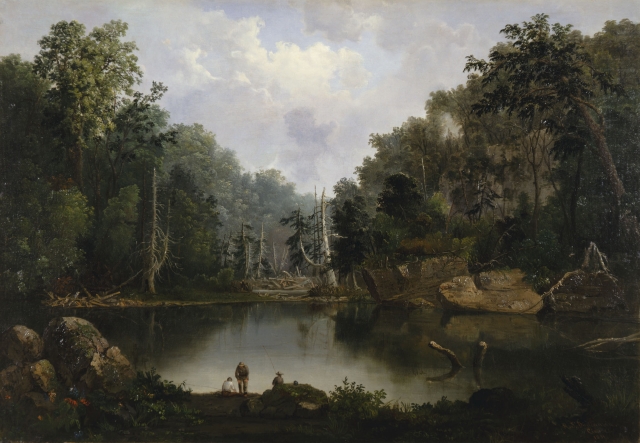
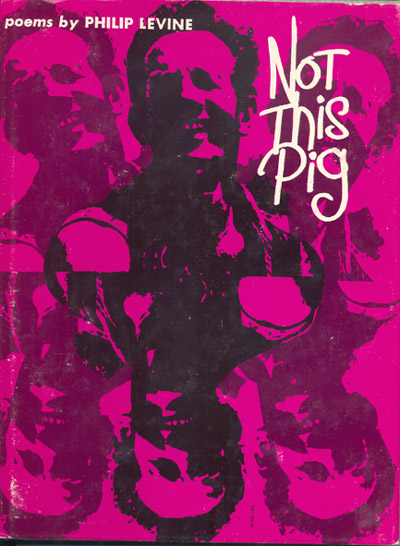 If there is an emerging genetic underclass, I could run for class president or class clown. Read more in
If there is an emerging genetic underclass, I could run for class president or class clown. Read more in 
![grant_wood_parson_weems_fable_200px Grant Wood. Parson Weem’s’ Fable. 1939. Amon Carter Museum, Forth Worth.. Steven Biel describes the painting: “Parson Weems, imitating Charles Willson Peale’s pose in The Artist in His Museum (1822), opens a red velvet curtain on the legendary scene: Augustine Washington, elegant in crimson coat, white ruffle, tan breeches, silver-buckled pumps, and green tricornered hat, grasps in his right hand the slim trunk of the bent cherry tree. A row of cherries dangles from the perfectly rounded treetop, mirroring the very cherry-like fringe of the Parson’s curtain. Augustine’s outstretched left palm and furrowed brow signal a serious inquiry. His son George, boyish in stature and dress—coatless, with sky-blue breeches and petite buckled pumps—is manly in his expression. In fact, his white-wigged head is that of Gilbert Stuart’s portrait and the dollar bill. He points with his right hand to the hatchet in his left. Wood chips lie in the circle of soil at the base of the tree, its lower trunk smoothly incised and poised to split off. In the background, a well-dressed slave couple harvests the fruit of a second tree.” [Alt Text Source: Common-Place/ http://www.common-place.org/vol-06/no-04/biel/ ]](../../../../wp-content/uploads/2011/08/grant_wood_parson_weems_fable_200px.jpg)
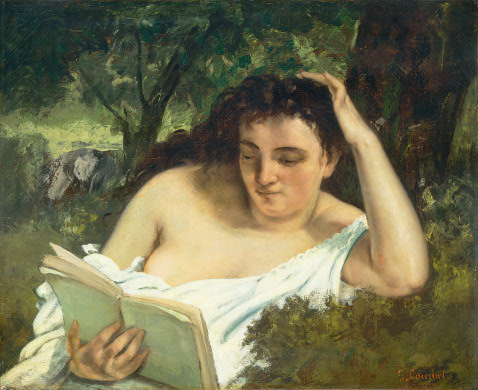

“Just as water, gas, and electricity are brought into our houses from far off to satisfy our need in response to a minimal effort, so we shall be supplied with visual or auditory images, which will appear and disappear at a simple movement of the hand, hardly more than a sign”
This statement from Walter Benjamin is uncannily prophetic. Reviewing my recent actions, I have been planning a six-week trip to study Spanish and paint landscapes in Costa Rica. I now take for granted the ease of researching places to visit via their websites. With “minimal effort” I have researched language schools, read reviews on third party websites, contacted and maintained correspondence with schools, chosen my specific school, negotiated final prices, arranged a homestay with a Costa Rican family and bought my plane tickets-all via the world-wide web. Partly based upon past experience but prompted by third-party images and text, I have made a virtual tour of a country before being transported there in reality.
It isn’t clear from my block quote here, but the sentence you refer to, Tom, actually comes from the 19th-century French poet Paul Valery. He uttered it over a hundred years ago, before any broadcast technologies were invented.
Sounds like you’re planning a great trip. I hope a blind flaneur is accessible to you in Costa Rica.
Pingback: a blind flaneur